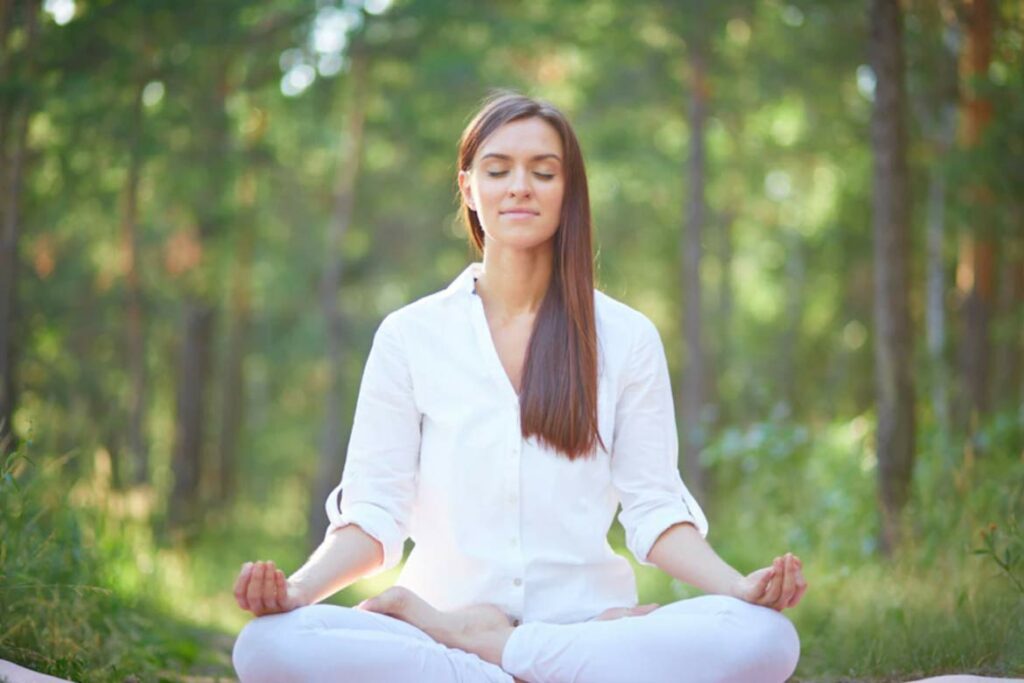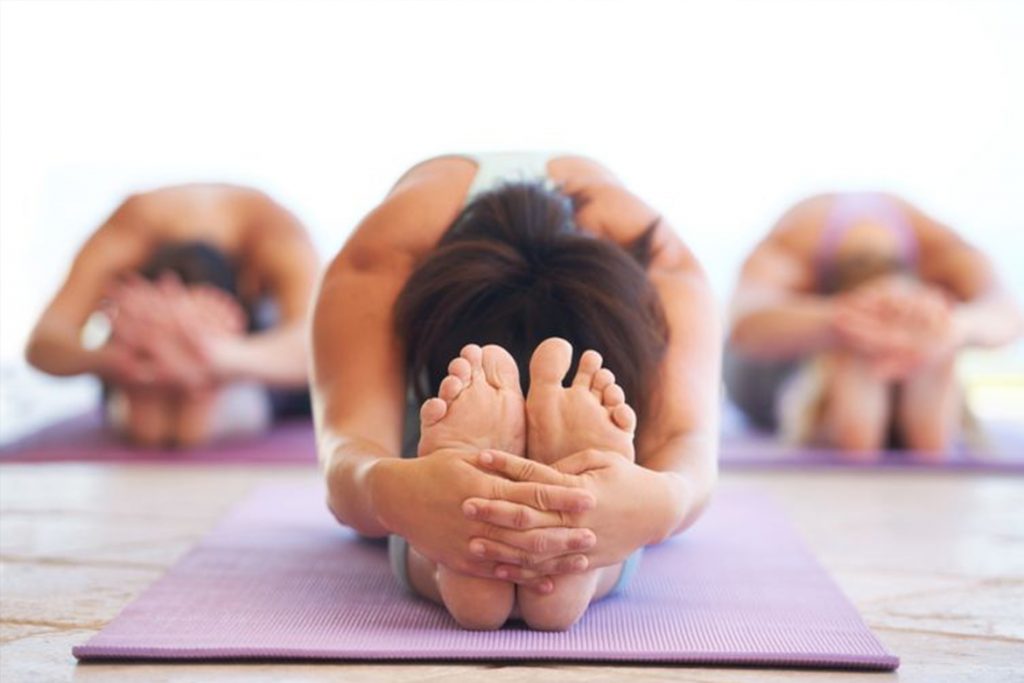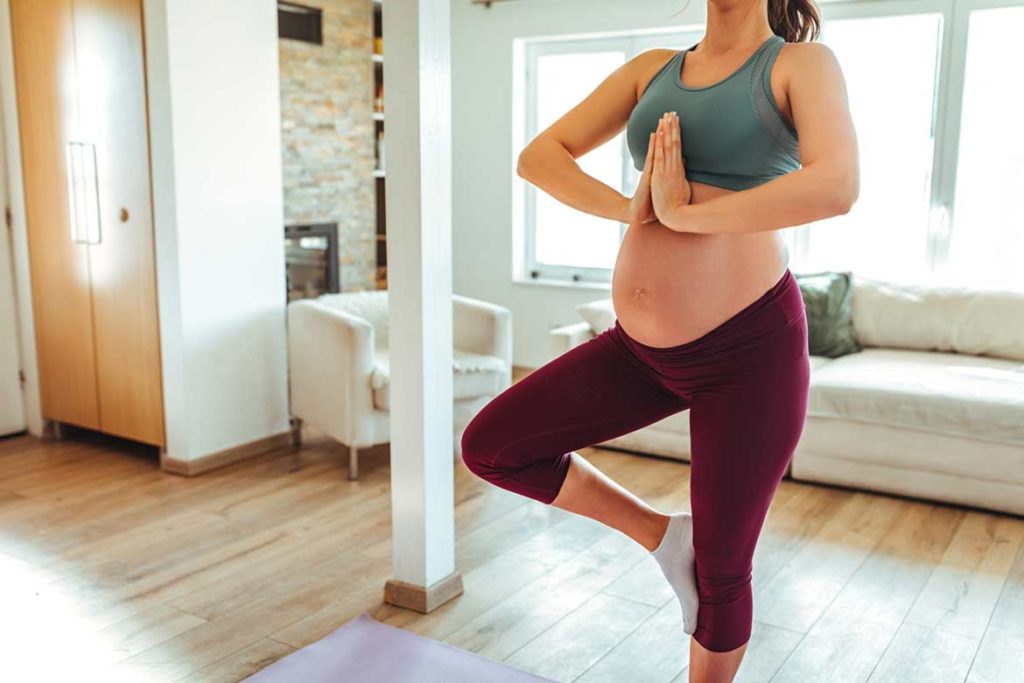Yoga has well-documented health benefits, ranging from prevention to recovery. Numerous studies have highlighted that yoga aids in stroke patients’ recovery and prevents relapses. For those who have experienced a stroke or are at risk of one yoga and meditation are highly recommended. These practices have the potential to lower risk factors like cholesterol, blood sugar levels, and blood pressure. Let’s find out how yoga can significantly contribute to stroke recovery and enhance the quality of life for survivors.
5 Yoga poses for Stroke Recovery:
One of the most effective ways to enhance stroke recovery is by incorporating Yoga therapy into stroke rehabilitation programs. Yoga is a holistic practice that combines physical postures, controlled breathing exercises, and meditation. It offers several benefits that can aid stroke survivors in their journey to recovery. Here are few poses that helps in stroke recovery.
Vajrasana (Thunderbolt Pose):

Also Read: Embrace the Rain: 8 Yoga Poses to Boost your Monsoon Immunity
- Begin by standing straight with your arms by your sides.
- Slowly lower your knees onto your mat.
- Place your pelvis on your heels with your toes pointing outward.
- Keep your heels close together and your palms on your knees, facing up.
- Maintain an upright posture with a straight back.
Sukhasana (Happy Pose):
- Sit erect with your spine straight in Dandasana.
- Fold your left leg and tuck it inside your right thigh.
- Fold your right leg and tuck it inside your left thigh.
- Place your palms on your knees.
Dandasana (Staff Pose):

- Sit upright and extend your legs in front of you.
- Join your legs, bringing your heels together.
- Keep your back straight and engage your pelvic, thigh, and calf muscles.
- Place your palms on the floor next to your hips for spine support.
Adomukhi Svanasana (Downward-Facing Dog):
- Start in Cat Pose with palms beneath your shoulders and knees below your hips.
- Push your hips up, straightening your knees and elbows to form an ‘A’ shape.
- Aim to bring your heels as close to the floor as possible.
Vrikshasana (Tree Pose):

- Begin in Samasthithi (standing position).
- Raise your left leg and place the foot on the inside of your raised thigh, using your palm for support.
- Join your palms and lift your hands up.
- Repeat with the other leg.
Dietary Considerations for Stroke Patients:
Apart from Yoga asanas, it’s crucial to address dietary recommendations for stroke patients. Foods rich in potassium, such as sweet potatoes, bananas, and tomatoes, are encouraged because they help maintain healthy blood pressure—a significant stroke risk factor.
Additionally, magnesium-rich foods like spinach can further lower the risk of stroke. Focus on a diet comprising lean proteins and high-fiber foods, while avoiding trans and saturated fats, which may lead to artery blockages. Reducing salt intake and steering clear of processed meals is also essential in managing blood pressure.
In conclusion, Yoga asanas offer a holistic approach to stroke recovery, complementing dietary recommendations and physical therapy. By adopting these practices, stroke survivors can pave the way to a healthier, more balanced life, promoting their overall well-being and reducing the risk of future strokes. Make Yoga a part of your journey to recovery and discover its transformative effects on your body and mind.
